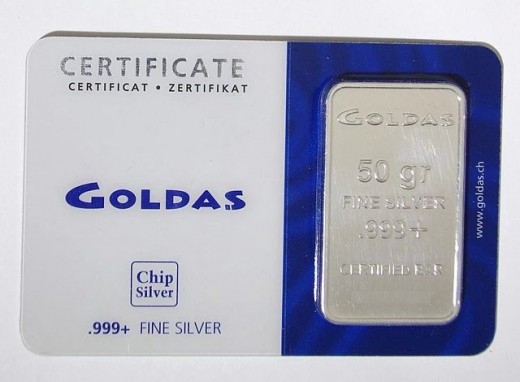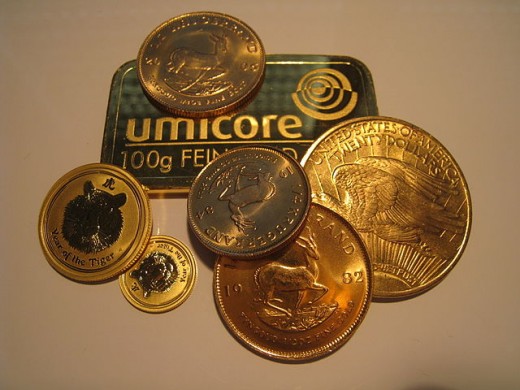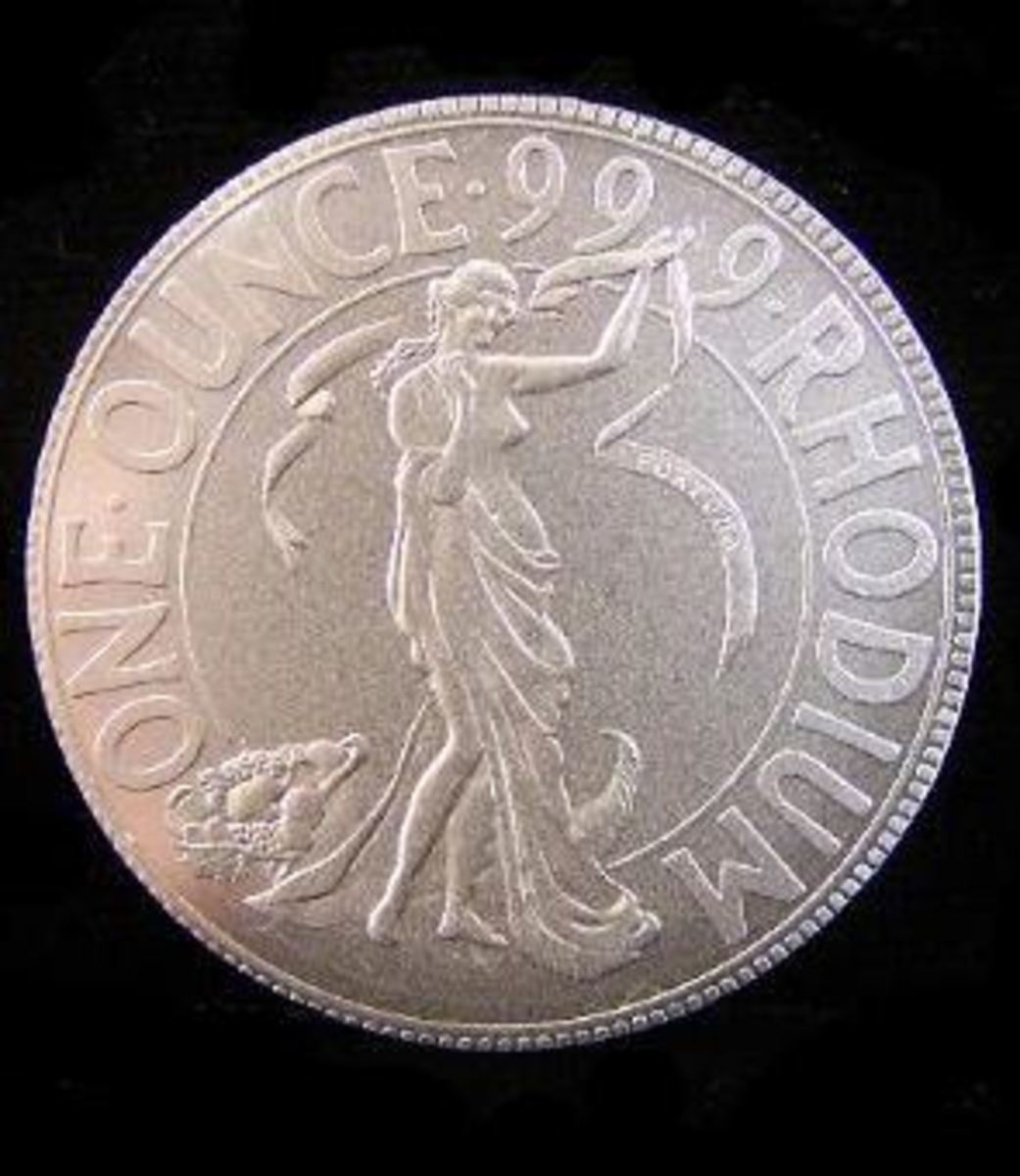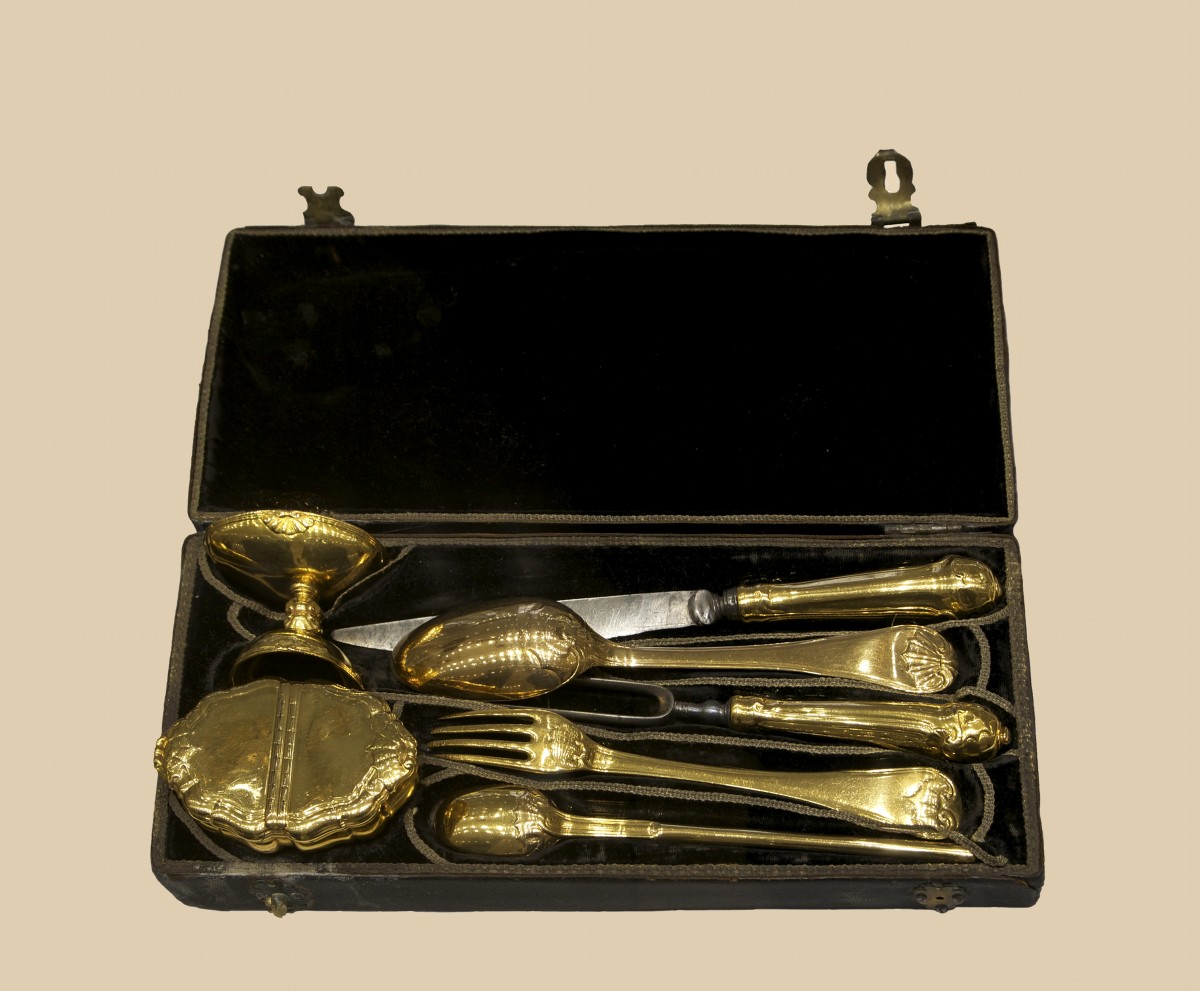How The Gold And Silver Ratio Can Grow Your Stack
During times of inflation or low interest rates, investing in precious metals becomes increasingly popular. The most popular of the precious metals are gold and silver. The traditional method of investing in precious metals is to purchase gold and silver and then gradually increase your holdings. To grow your stack so to speak.
This can become quite costly over time, especially when prices of gold and silver continue to rise. For some people, this issue raises the need to increase your existing holdings of precious metals without the purchase of additional quantities. The solution for these people to this problem is to utilize the fluctuations in the gold-to-silver or GSR ratio, the price of gold divided by the price of silver.
What everyone should know about gold and silver before using the GSR ratio
Before you begin to trade the gold and silver ratio, there are a couple of things you need to know:
-
It is generally agreed that silver is about 15 to 17 times more abundant than gold in the earths crust. Historically, both gold and silver were monetary metals used all over the world.
-
Despite being only 15 to 17 times less abundant than silver, gold has been worth much more than 17 times the price of silver starting from the 20th century.
-
Starting from the beginning of the 20th century, the Gold Silver Ratio has varied between roughly 1:15 to roughly 1:90. Most of the time, between 1:30 and 1:60. Prior to this, the Gold Silver Ratio used to be much lower.
-
This change coincided with the halt in issuing gold and silver-based coinage for use as money. Nowadays, silver is mostly an industrial metal with an important investment element. Gold is still mostly used as a store of value.
-
Gold and silver tend to move together. When gold rises, silver rises even faster. When gold drops, silver drops even faster. Silver is much more volatile than gold.
This background information is what will help us with the gold-to-silver ratio.

How to increase your gold using silver and vice versa?
The constant rise and fall in the gold silver ratio can be used to increase your precious metals holdings. The basic rules to remember are very straight forward:
-
When the gold silver ratio increases, convert some of your gold into silver. The idea here is to sell gold when the price is high relative to silver and use the proceeds to buy silver.
-
When the gold silver ratio decreases, convert some of your silver to gold. The idea here is to do the exact opposite. Sell silver when the price is high in order to buy gold when the price is low. In other words, buy low and sell high.
-
The various ratios are divided into separate sections. Once the gold silver ratio hits a certain section, a re-balancing of your gold and silver holdings in terms of percentages takes place.
-
Re-balancing takes place once in each section. The next re-balancing takes place only when the gold silver ratio leaves the current section it's in and moves into another section. As long as the gold silver ratio stays within a single section, no re-balancing takes place.
By sticking to these guidelines, we can increase our gold using silver or increase our silver using gold.
How to use the gold silver ratio in more detail
The table below is an example of a possible course of action. When the gold silver ratio hits 1:15 or below, it's time to convert all your precious metals holdings into gold. When it reaches 1:76 or above, your entire holdings should consist of silver using this table.
Note that everyone can adjust their own rules as they see fit as long as the basic rules are adhered to.
-
For example, whether you decide to convert everything into silver when the ratio is 80 or 90 is all up to you. As long as you convert just once within each section. To convert a second time requires moving into another section.
-
You can adjust the percentages of your precious metals. You may decide to always keep a minimum of 10 percent in either gold or silver. In this case, when the gold silver ratio hits 1:76 or somewhere above, your holdings should consist of 90 percent silver and a minimum of 10 percent in gold.
-
The cutoffs of each section can also be adjusted. For example, you may decide to merge the last two sections. When the gold silver ratio hits 1:61 or above, your precious metals will be 90 percent in silver.
-
Ratio sections should not be made too small. That results in too many swaps being required. Remember, every re-balancing involves transaction costs, which can really add up if there are too many of them.
If making modifications in how you trade the gold and silver ratio, you need to make sure that they do not violate the key rules mentioned previously.
Gold Silver Ratio
| Gold-to-Silver Holdings in Percentage Terms
|
|---|---|
1:15
| 100:0
|
16:30
| 80:20
|
31:45
| 60:40
|
46:60
| 40:60
|
61:75
| 20:80
|
76:90
| 0:100
|

How to trade the gold silver ratio with an example
The following table illustrates how this all works. Assume the gold silver ratio is currently 1:50 and investor A precious metals holdings consists of 16 troy ounces of gold and 1200 troy ounces of silver. According to the previous table, his holdings should consist of 40 percent gold and 60 percent silver.
The total value is $60,000 at a price of $1,500 an ounce for gold and $30 an ounce for silver.
-
After the gold silver ratio falls to 1:40, investor A goes from 40 percent gold to 60 percent gold. His silver holdings go from 60 percent to 40 percent.
-
The gold silver ratio goes down again to 1:30. Investor A should have 80 percent in gold and 20 percent in silver.
-
The gold silver ratio rises back to 1:40. Investor A goes back to 60 percent in gold and 40 percent in silver.
-
The gold silver ratio reaches 1:50 again. Investor A has 40 percent in gold and 60 percent in silver.
Note that your gold and silver belongings gradually increase in value and quantity.
Gold Price
| Silver Price
| GSR Ratio
| Gold Quantity
| Silver Quantity
| Total Value (Before swap)
|
|---|---|---|---|---|---|
$1,500
| $30
| 1:50
| 16
| 1200
| (16 * $1,500) + (1200 * $30) = $60,000
|
$1,600
| $40
| 1:40
| ($73,600 * 0.6) / $1,600 = 27.6
| ($73,600 * 0.4) / $40 = 736
| (16 * $1,600) + (1200 * $40) = $73,600
|
$1,800
| $60
| 1:30
| ($93,840 * 0.8) / $1,800 = 41.71
| ($93,840 * 0.2) / $60 = 312.8
| (27.6 * $1,800) + (736 * $60) = $93,840
|
$1,600
| $40
| 1:40
| ($79,248 * 0.6) / $1,600 = 29.72
| ($79,248 * 0.4) / $40 = 792.48
| (41.71 * $1,600) + (312.8 * $40) = $79,248
|
$1,500
| $30
| 1:50
| ($68,354.4 * 0.4) / $1,500 = 18.23
| ($68,354.4 * 0.6) / $30 = 1367.09
| (29.72 * $1,500) + (792.48 * $30) = $68,354.4
|

Know how you can increase your gold and silver using the gold-to-silver ratio
Investor A has increased both his gold and silver holdings by utilizing the gold-to-silver ratio, despite prices going back to where they were. It's the fluctuations in the gold-to-silver ratio that makes it all work. The individual prices for gold and silver don't really matter. The ratio stays 1:50, regardless of whether the price for gold is $1,500 and silver $30 or gold is $2,000 and silver $40.
His only expenses are the transaction costs associated with swapping one precious metal for the other. These can be minimized by shopping around for the lowest prices when you buy gold or silver. You should also buy bullion with the lowest premiums over spot price. Cast ingots usually offer more precious metal for your dollar than other forms such as coins. Always go for the option that offers the most for less.
Use the gold silver ratio to your advantage when investing and saving for the future
Utilizing the gold silver ratio is an alternative method of investing in precious metals available to everyone. It can be used regardless of how one is invested in precious metals. Whether that is through bullion or through equities such as Exchange Traded Funds if the latter option is what you prefer. Other precious metals such as platinum can also be used.
The benefit is that you get to maintain possession of precious metals at all times, while also increasing your stash of gold and silver. Trading the gold silver ratio does take time and you may have to wait a long time for the next swap. But remember that gold or silver are often bought with the intention of keeping them for a lifetime. If you're saving for the future and are not going to sell it all, having to wait doesn't matter as you afford to wait.
Trading the sold silver ratio doesn't require any additional purchases of precious metals. You only use what you already have if that's what you want. The only costs are the transaction costs associated with converting one metal to the other. This can be reduced through various means such as friends and family pooling their holdings together to lower transaction costs. As long as the gold silver ratio continues to go up and down, your precious metals investments should continue to grow.







